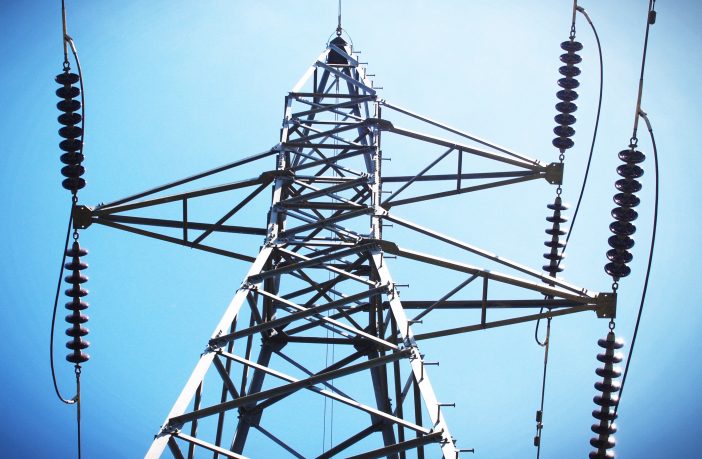- The National Energy Regulator of South Africa (NERSA) put forward its intention to overhaul the outdated methodology used to determine the electricity tariff.
- Speaking to the media, Nhlanhla Gumede, the regulator’s full-time member for electricity, said a revision of the models were long overdue.
- In particular, Gumede stipulated that the multiyear price determination (MYPD) approach is not aligned with the changes taking place in the sector.
This is a sentiment shared by Mineral Resources and Energy Minister Gwede Mantashe, who had also expressed concern about the prevailing tariff-setting model.
Gumede told media that during a recent interaction with NERSA, the Minister had questioned why the regulatory methodology had remained static in a dynamic sector such as electricity.
The intended overhaul announcement by NERSA follows two court rulings against Eskom tariff decisions that could translate into higher power costs.
Related news: Energy Regulators Incompetence May Cost Tax Payer in 15% Tariff Hike
According to Gumede, the ongoing disputes between the regulator and utility were largely about the “outputs of models, rather than the construct of those models”.
He added: “Perhaps we are fighting about methodologies that should have been changed quite some time back.”
Electricity tariff outdated
“The market is changing dramatically, yet we are using static structures, we’re using outdated methodologies in terms of how we set prices, how we regulate the sector and how we’ve structured the industry. We are not moving with the times,” Gumede said, indicating that the MYPD created scope for too much discretion.
“Therefore, rather than us fighting about the output of models, isn’t it time that we focused our energies on changing the models, on changing the regulatory approach.”
At the time of the briefing, Gumede could not provide information as to the alternatives being assessed by NERSA and government.
He did, however, indicate that a formula similar to the one used to set petrol prices, whereby the price at the pump was adjusted monthly in line with visible indicators, such as changes to the oil price and the rand/dollar exchange rate
Author: Nicolette Pombo-van Zyl
This article was originally published on ESI Africa and is republished with permission with minor editorial changes.











